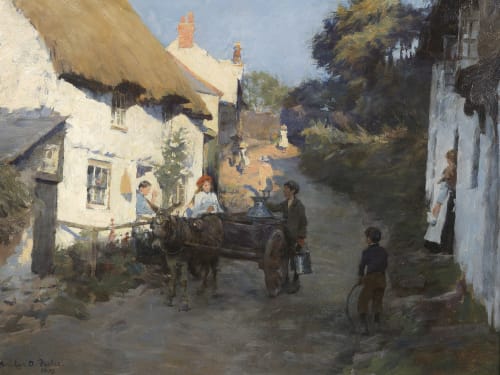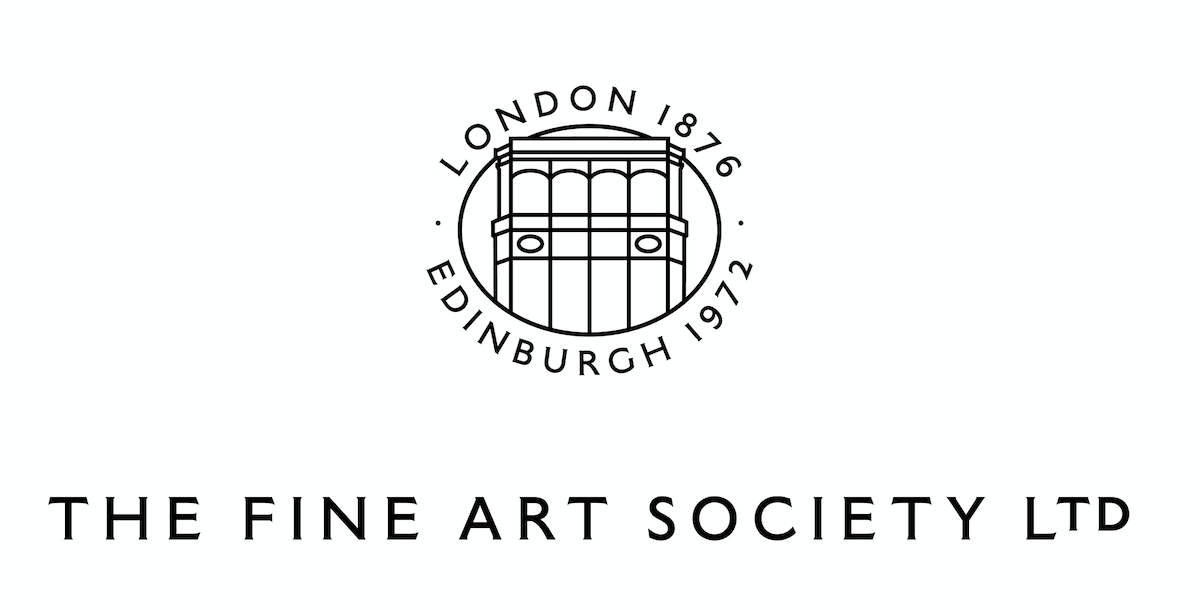Stanhope Forbes 1857-1947
Born in Dublin, Forbes was brought up during a phase of artistic change and upheaval when many artists were breaking away from the classicism of the Pre-Raphaelites towards realism. This led them to move to rural areas of Britain where they were surrounded by inspiring new subject matters. He studied in Bonnat’s studio in Paris in 1880 and the following year travelled to Brittany with H. H. La Thangue. The Walker Art Gallery, Liverpool bought his early painting A Street in Brittany in 1882. Forbes continued to paint in France, at Concarneau and Quimperlé near Pont-Aven.
Forbes moved to Newlyn in 1884 and became part of the artists colony there. Painting en plein air was Stanhope Forbes’s guiding principle, an enthusiasm he acquired in France, becoming a founder member of the Newlyn School of painters who rejected the Victorian traditions and adopting the common, everyday subjects, which became typical of the Newlyn School.
By 1884 he had joined Walter Langley and Thomas Cooper Gotch at Newlyn, which he described as ‘a sort of English Concarneau.’ His painting A Fish Sale on a Cornish Beach was shown at the Royal Academy in 1885, and its success encouraged other artists, such as Frank Bramley, to settle in Newlyn. The following year Forbes was a founder member of the New English Art Club. His initial antipathy towards the Royal Academy did not prevent him from exhibiting there, and in 1892 he was elected an Associate and a full Academician in 1910.
During the 80’s, Forbes’ palette took on the bright colours of summer and, fascinated by sunshine and shade, he moved inland to work in tiny hamlets like Roseworthy, tucked in the wooded ‘coombes’ between Penzance and St Ives. Thatch and whitewash replaced the undressed stone and slate rooves of the Newlyn and Mousehole in these cottage clusters, and roads were, as elsewhere in English villages, still unmade.
In 1885 he met the Canadian artist Elizabeth Armstrong, who had settled with her mother in Newlyn, and they married in 1889. She also joined the New English Art Club, and took up etching, which led her to meet Whistler and Sickert.
We are actively seeking consignments of work by Stanhope Forbes. Please contact us with details or to enquire after available works by this artist.

